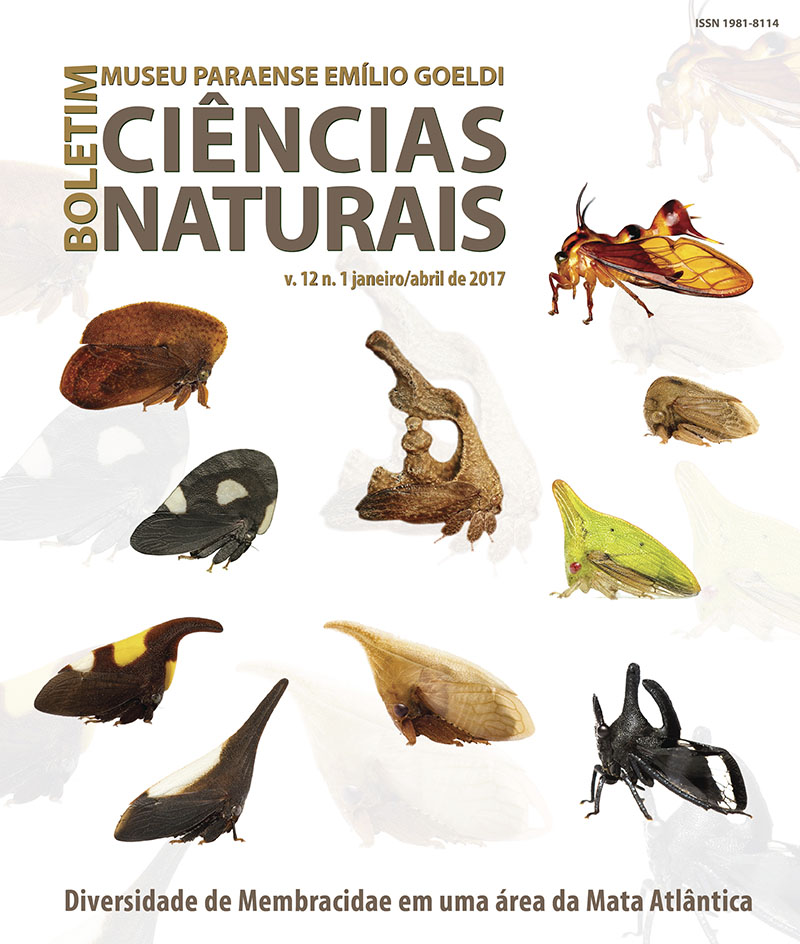Produção de compostos bioativos por Aspergillus mantidos sob duas condições de preservação
DOI:
https://doi.org/10.46357/bcnaturais.v12i1.404Palavras-chave:
Aspergillus, Antimicrobiano, Difusão em ágar, Bioautografia, Extrato orgânico, PreservaçãoResumo
Com os objetivos de verificar a influência do método de preservação na atividade de metabólitos secundários e de selecionar espécies de Aspergillus como fontes de compostos com atividade antimicrobiana, foi feito um estudo com Aspergillus da coleção de culturas do Departamento de Parasitologia da Universidade Federal do Amazonas (DPUA/UFAM). As linhagens foram reativadas e a sua viabilidade foi confirmada com base nas características morfológicas e nas estruturas de reprodução. A produção dos biocompostos foi feita em ágar extrato de levedura sacarose (yeast extrat sucrose – YES). Os extratos orgânicos etanólico, acetato de etila e hexânico foram testados pelo método de difusão em ágar por poço contra Staphylococcus aureus, Escherichia coli e Candida albicans. Os extratos que apresentaram antibiose neste teste foram analisados por bioautografia de imersão, sendo determinadas as concentrações mínimas inibitórias pelo método de microdiluição em caldo. O método de preservação em água destilada promoveu maiores estabilidade e pureza das culturas dos Aspergillus, independentemente do tempo de armazenamento, em comparação ao método de conservação em óleo mineral, sobretudo em relação ao fenômeno do pleomorfismo. Os dados aqui apresentados mostraram que, em condições in vitro, espécies de Aspergillus sintetizam compostos com atividade antibacteriana e antifúngica para inibir o crescimento de S. aureus, E. coli e C. albicans, preservados em água destilada, mesmo que por diferentes períodos.
Downloads
Publicado
Edição
Seção
Licença
A publicação implica cessão integral dos direitos autorais do trabalho à revista. A declaração para a cessão de direitos autorais é enviada
juntamente com a notificação de aceite do artigo. Deve ser devolvida assinada via e-mail. Todos os autores devem assinar uma declaração.






